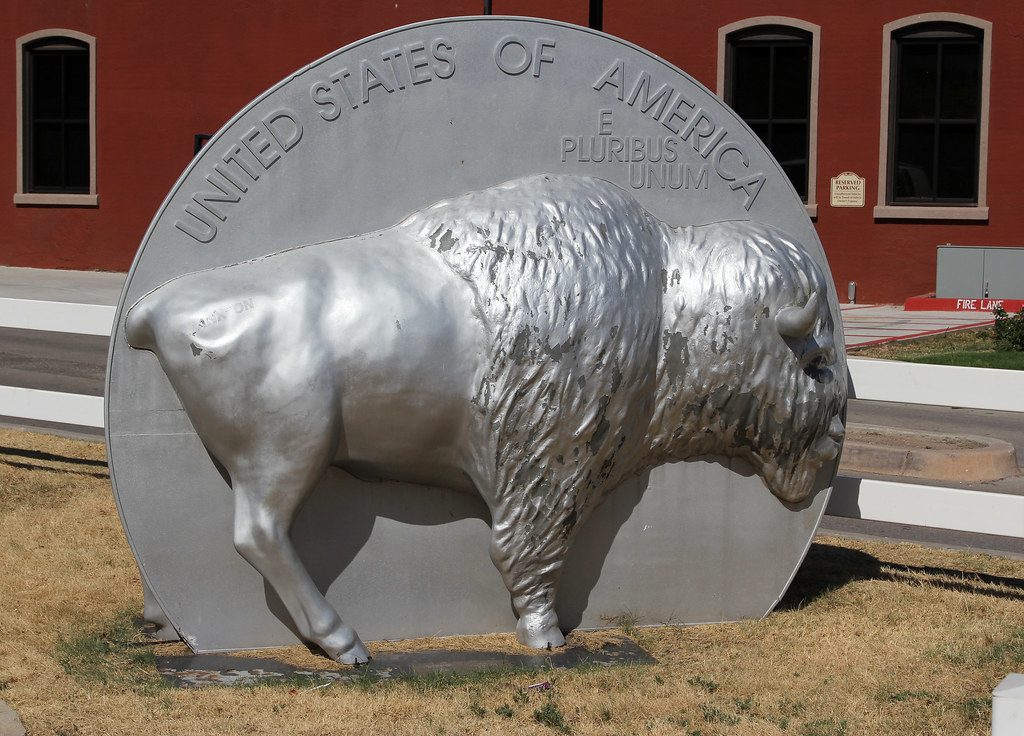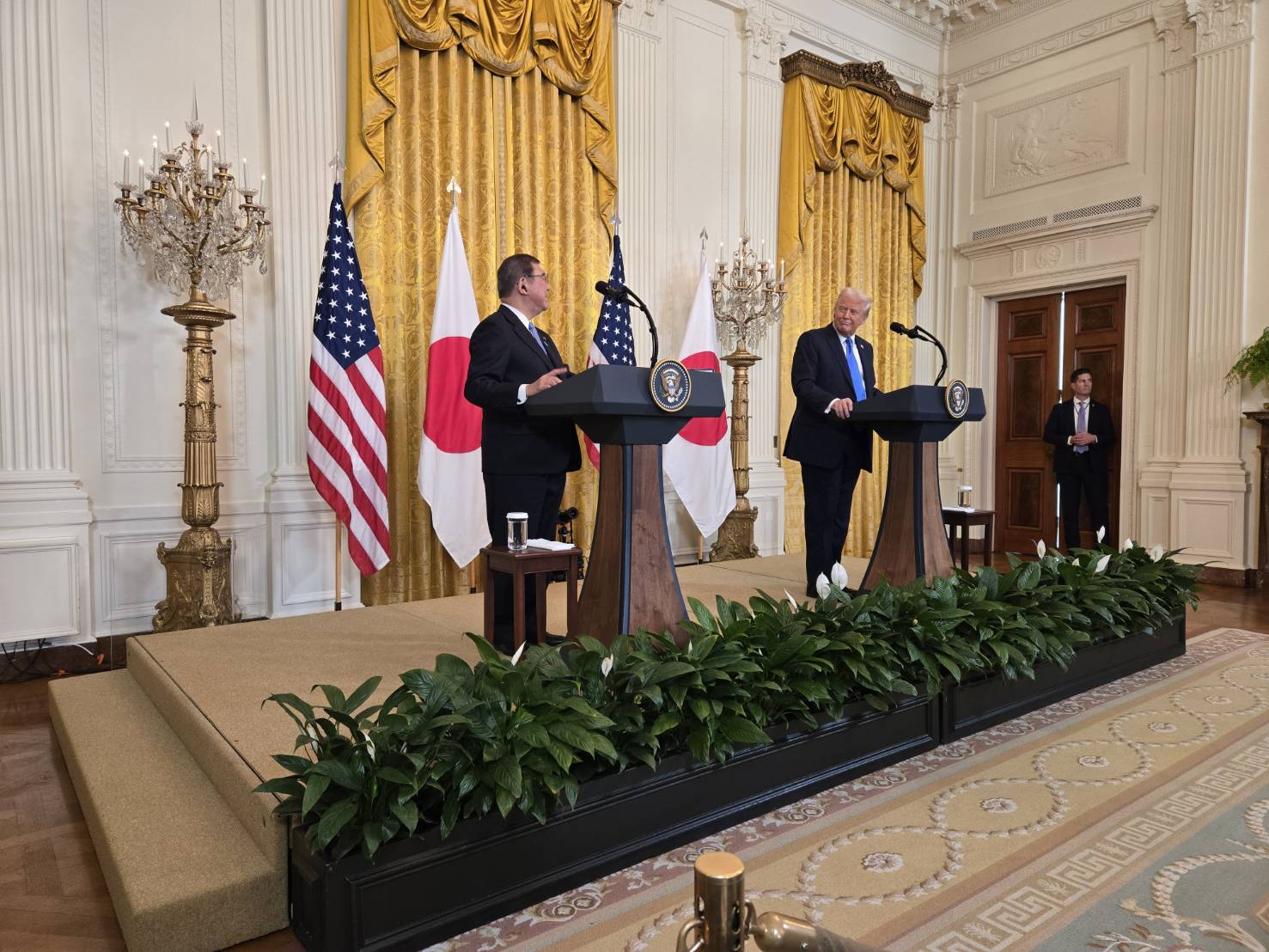LME stock surge grounds high-flying nickel, but for how long?

Nickel, the best performer among the base metals last year, is currently getting a reality check in the form of surging exchange stocks.
London Metal Exchange (LME) inventory has more than doubled in the space of little more than a month, with almost 120,000 tonnes of metal flooding into registered warehouses.
LME stocks were looking dangerously depleted at the start of December, with the headline figure sitting beneath 70,000 tonnes
The stock surge has dampened speculative spirits, with the London price hemmed in below the $14,500 per tonne level since the start of January, a long way off the five-year high of $18,850 per tonne seen as recently as last September.
Technical tightness, rather than a cataclysmic change in fundamentals, has caused the sudden appearance of so much metal, and there are already signs that the flood may be abating.
However, the sharp turnaround in LME stocks has changed the optics of a market that last year rallied on supply shortfall fears.
China’s booming nickel raw material imports and falling refined metal imports are reinforcing the message that there is no imminent supply crunch.
Which is not to say that it isn’t coming, just that nickel’s bull narrative has hit the pause button.
Stocks turnaround
LME stocks were looking dangerously depleted at the start of December, with the headline figure sitting beneath 70,000 tonnes, and almost half of registered inventory in the form of canceled warrants awaiting physical load-out.
Headline inventory today stands at 183,012 tonnes, back at levels last seen in March 2019, after the deluge of warranting that has taken place in the intervening weeks.
The sustained deliveries seem to have been a delayed reaction to the extreme spread tightness that gripped the LME nickel market over the course of September and October.
The benchmark LME cash-to-three-months spread flexed out to a backwardation of $240 per tonne at one stage, the tightest curve structure in over a decade.
The historically high cash premium incentivised physical deliveries into the LME system, quite possibly including the reappearance of metal that had been taken off warrant during nickel’s stellar bull run early last year.
That spread tightness has now totally dissipated, the cash-to-threes spread closing Thursday valued at a comfortable contango of $80 per tonne.
A looser curve structure should translate into both a slowdown in LME stock arrivals and increased drawdown activity as metal can once again be profitably financed off-market.
Indeed, there has been a noticeable pick-up in fresh cancellation activity over the last few, days with the amount of stocks now awaiting physical load-out doubling since the start of the month to 54,318 tonnes currently, equivalent to 30% of the total.
China’s imports boom
The gyrations in LME stocks may be more about LME spreads than fundamental dynamics, but they have nevertheless allayed any fears of an imminent supply shortfall after Indonesia brought forward a ban on the export of nickel ore.
The ban, originally expected in 2022, kicked in at the start of January, placing at risk the flow of Indonesian nickel ore to China’s giant stainless steel sector.
It is also clear that Chinese buyers have moved to build up stocks ahead of the ban.
China’s imports of nickel ore accelerated over the closing months of last year and were up by 17% at 52 million tonnes in the January-November period.
Imports from Indonesia exceeded 3 million tonnes in October, the highest monthly import volume since early 2014.
Even more dramatic has been the increase in imports of ferronickel, a customs code that includes the intermediate nickel pig iron produced by a new generation of Indonesian smelters.
November’s tally of 229,000 tonnes was a monthly record and cumulative imports doubled over the first 11 months of last year to 1.7 million tonnes.
Higher imports of both ore and NPI allow Chinese buyers some leeway before this year’s export ban starts impacting raw material availability.
The lack of any immediate supply-chain tightness is also evident from China’s reduced appetite for imports of refined metal.
The country was a net exporter in October, quite possibly due to the high cash premium commanded on the LME, and although it returned to being a net importer in November, volumes were low at just 4,735 tonnes.
Net imports over the first 11 months of 2019 totalled 149,000 tonnes, representing a 21% year-on-year decline.
Keeping the faith
Evidently, it will take some time for the Indonesian export ban to work its way through nickel’s various material supply chains.
Just as it will take time for growing demand from the electric vehicle battery sector to translate into a shortage of refined metal.
China’s imports of nickel ore accelerated over the closing months of last year and were up by 17% at 52 million tonnes in the January-November period
Bank analysts are uniformly constructive on the longer-term outlook for nickel, albeit wary of the potential for short-term demand weakness from the stainless steel sector, which still accounts for the majority of nickel usage.
Morgan Stanley, for example, thinks this will be a transition year for nickel with a risk of a price drop below $13,000 per tonne in the first half before “the market strengthens through (the second half) as supply begins to tighten.” (“Nickel’s transition year,” Jan. 13, 2020).
Goldman Sachs’ view is encapsulated in the title of its Dec. 19 research note – “Why we remain constructive on nickel.”
The recent LME stock arrivals “have reduced concerns over an imminent shortage of the metal” but the Indonesian ban has generated “elevated uncertainty around the 2021 market balance,” it said.
The bank thinks a new wave of battery-material nickel production needs an incentive price of $16,000.
If that sounds as if nickel is going to be a less volatile than last year over the coming months, there are good reasons for caution.
Firstly, although battery demand for nickel is still small, its future promise has already had a material impact on the price in the form of consumer hedging.
Goldman Sachs notes that “2019 was the first year in which there was large-scale (electric vehicle)-related consumer hedging going out many years.” The bank expects this trend to continue in 2020.
Secondly, the sheer number of moving parts in nickel’s supply-side equation means the market is going to remain hyper-sensitive to news flow, particularly from Indonesia, over the coming weeks and months.
The bull narrative may have paused. It remains to be seen for how long the price will be paused.
(By Andy Home; Editing by Jan Harvey)
{{ commodity.name }}
{{ post.title }}
{{ post.date }}


Comments